- < Experiment 23
-
Experiment 24 v4
- Experiment 25 >
Testing the strength of lolly stick bridges

Can you create a bridge using 100 lolly sticks and other materials found at home?
Purpose
This experiment gives children an opportunity to use their creativity to design their own bridge and to practise measuring length and mass.
The child will learn to use their reasoning to make the bridge stronger.
You need to know
- how to count to 100
- how to measure lengths
- how to weigh things
You will need




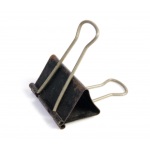

Steps
- Prepare your two main materials: 100 lolly sticks and all-purpose white glue.
-
Create a design for your bridge.
It should be strong enough to hold at least 10 kilograms of weights or other objects.
The bridge must be at least 54 cm long so it can bridge the gap between two chairs that are 50 cm apart.
-
Have fun creating your bridge.
Remember to wait long enough for the glue to dry for maximum strength.
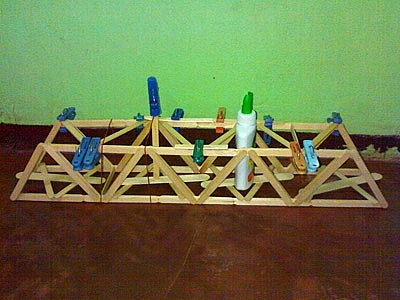
-
Put two sturdy chairs 50cm apart as a bridge base.
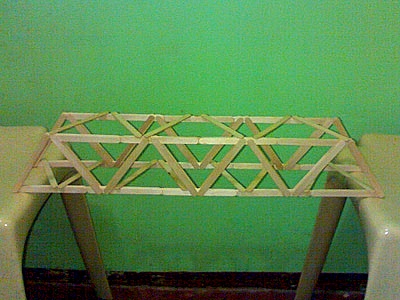
-
Ask an adult to place your weights your on the bridge until you have reached 10 kilograms.
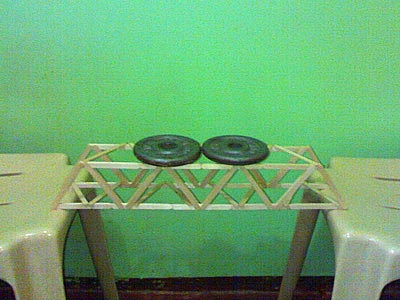
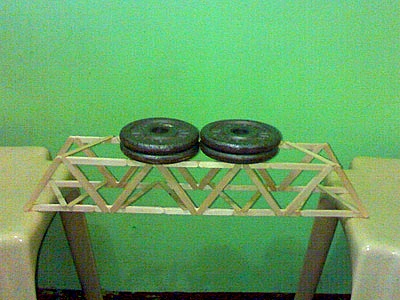
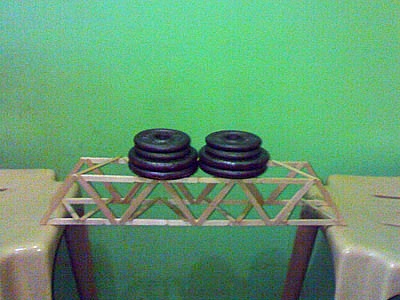

You can use the clips to hold the lolly sticks together while the glue is drying, but you must remove them before testing your bridge.
Keep safe!
As a safety precaution, have an adult place the weights for you. You should watch from a safe distance.
Questions
- Did your bridge manage to hold 10 kilograms without breaking?
- What could you do to make your bridge even stronger?
Expected answers
-
Depending on the design, well-crafted lolly stick bridges can easily carry 10 kilograms.
What's important in this experiment is the idea with the right design, lightweight materials can make strong structures.
-
Letting the all-purpose white glue cure for a longer period, better bridge design, and knowing the possible weak points of the bridge so they can be fixed can significantly improve its strength.
Explore further (optional)
Weigh your bridge, then test its maximum strength by adding more and more weight until it starts to break.
What is the ratio of the weight the bridge can carry to the weight of the bridge?
Tips for further exploration
Suppose the bridge could carry 15 kg and weighed 0.5 kg.
The ratio would be 15 : 0.5, which simplifies to 30 : 1.
You could use this ratio to estimate what weight could be carried if the same bridge design was built to a different scale (e.g. a bridge weighing 2 kg might be able to support 60 kg).



